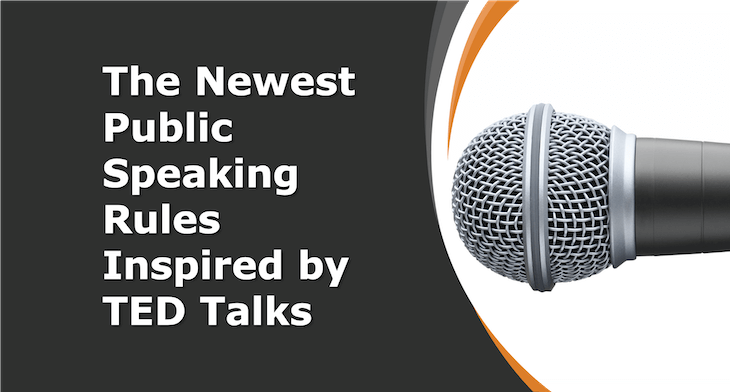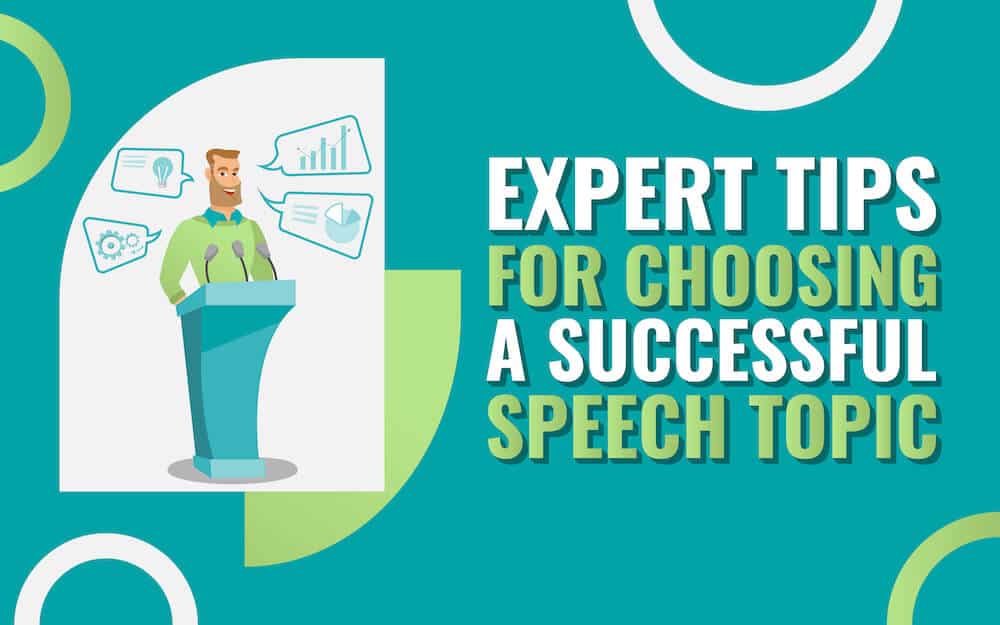
Since its inception in 1984 to date, TED Talks have gained a lot of traction for many reasons and have entirely changed the way presentations are delivered. The year 2006 was a game-changer in the history of TED Talks as it was for the first time TED posted a few of its selected conference talks videos online that crossed more than 1 million views in a very short span. Overnight, these talks raised the bar for public speakers. These talks established the fact that there is no single recipe for a great speech.
Today, presentations are not just confined to delivering speech standing behind the podium; it has come a very long way. TED Talks have shifted the perspectives of speakers and set the newest rules of effective public speaking.
Let’s take a look!
For Becoming a Great Public Speaker, You Need Not be Famous
Most of us believe that only renowned celebrities, business leaders, and politicians can be a good public speaker. But this notion is completely wrong!
You will be surprised to know that TED Talks of less known public speakers like Chimamanda Adichie (a Nigerian writer), Arthur Benjamin (an American mathematician), and Jill Bolte Taylor (an American neuroanatomist) have been viewed more than the world-renowned personalities Bill Gates and Bill Clinton.
So, instead of having a huge fan following and fame, you must have good ideas and stories with the right skills to present them in front of the mass audience and win over them.
Meticulously Manicured Stories and Buzz Phrases are the Things of the Past
According to Jeffrey Katzenberg, an American film producer, “The idea is king. If a movie begins with a great, original idea, chances are good it will be successful, even if it is executed only marginally well. However, if a film begins with a flawed idea, it will almost certainly fail, even if it is made with ‘A’ talent and marketed to the hilt.”
The same holds true for public speaking. The audience focuses more on your ideas and narrative instead of those text-rich, designer slides. So, you must have a unique idea and your narrative should be built around that core idea. As a speaker, your purpose will not get served until the audience doesn’t understand your idea, and your narrative doesn’t compel them to move from Point A to Point B and take some actionable insights.
Product-Oriented Speech is not Going to Win You Accolades; Audience-Oriented Speech Can
The audience doesn’t want you to present like a salesperson pitching a service or product; instead, they want you to present like a thought leader who cares about what they want to hear. Here are some tips to prepare and deliver the audience-oriented speech.
- You must keep the audience at the forefront of your mind and think from their perspective while crafting the presentation.
- Use inclusive pronouns, like us, we, and our to make the audience feel that you better understand their problems and can help overcome them with the right solutions.
- Instead of talking about the past and future, speak about the current and primary requirements and challenges of the audience.
- Instead of emphasizing that the product is the “right purchase” for them, highlight its benefits in the way that enables the audience to resonate with what you’re saying.
- Make your presentation interactive to involve your audience. You can ask them questions and let them respond.
Be Authentic Instead of Being Formal When Presenting
Your speech must have a purpose, and it must reflect the connection between what you believe (thoughts), what you say (words), and how you say (gestures and body language). Don’t try to mimic the speaker you admire the most; be yourself. The audience doesn’t care about your imperfections if you are real and authentic; they embrace your shortcomings as it makes them more relatable to you. Below are some tips for establishing yourself as an authentic speaker.
- Your values must be showcased in your speech.
- Identify what you want to accomplish from your speech and what key takeaways and actionable insights you want the audience to have in their head when they leave.
- Share your personal opinions and stories, use anecdotes, and add humor.
- Create magical charisma through your facial expression, eye contact, body language, gesture, and posture.
You Don’t Have to Just Practice; You Have to Do Good Practice for the Perfect Delivery of Speech
Your impeccably crafted message will fall flat if you fail to present it with sincerity and authenticity. So, you must practice shifting your focus from words to be spoken to how the information should be delivered so that you can make a meaningful connection with the audience.
We often feel uncomfortable in showing our emotions during formal presentations. But sometimes, in an effort to represent yourself as a professional, you fail to reach the heart of your listeners. So, you must learn and practice the skills to channelize your emotions in the right amount into your speech.
Instead of Memorizing Your Speech, Learn the Structure
Cramming every single word and delivering it as it is will give an impression that you are doing the public reading, instead of delivering a public speech. Further, memorizing a presentation is not the right approach as all your effort will go waste if you forget one word or fail to answer the queries of the audience effectively.
Create a standard structure if you want to ace your speech. It will help you prepare insightful presentations quickly, covering all important points, and stay flexible without any fear or anxiety.
So, jump on the bandwagon and keep up with these latest presentation trends!
Do share your thoughts with us in the “Comment” section and share the blog post on Facebook and Twitter.



